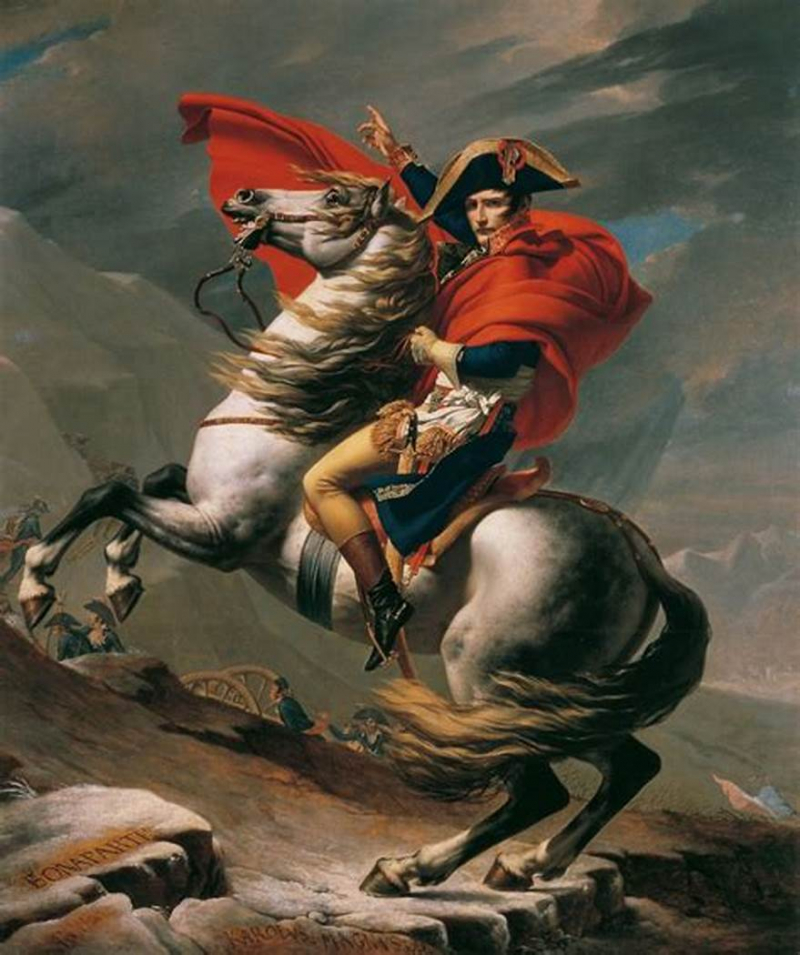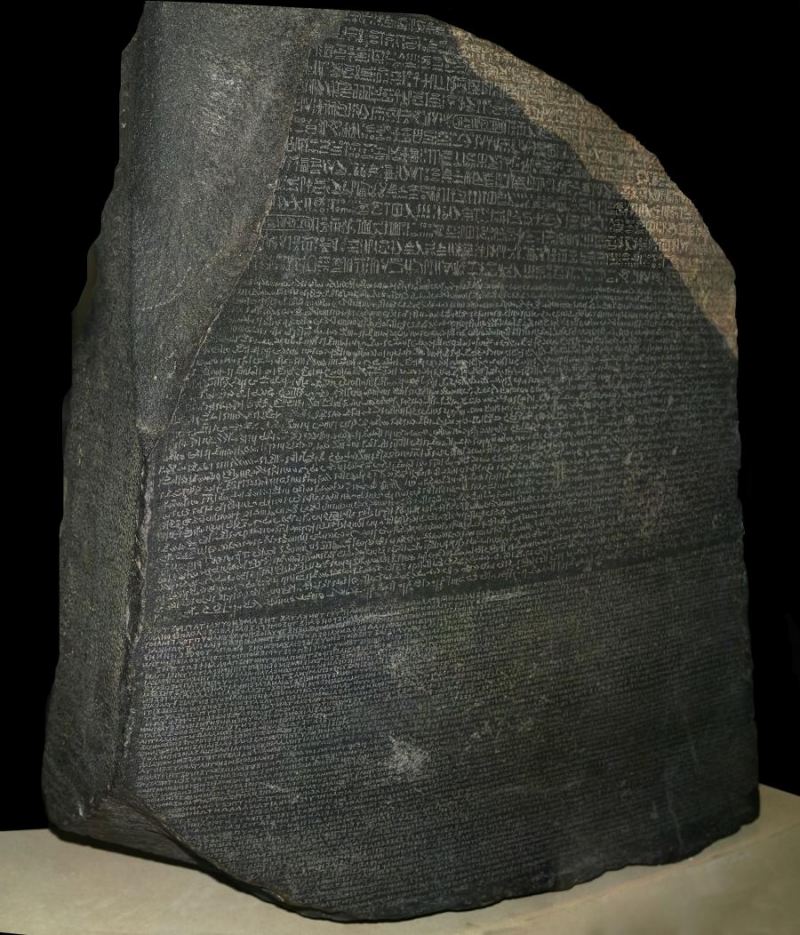He discovered the Rosetta Stone
The Rosetta Stone and a reconstruction of how it would have originally looked. Illustration by Claire Thorne. The Stone is a broken part of a bigger stone slab. Now held in the British Museum in London, the Rosetta Stone is a granite slab carved in three scripts: hieroglyphic Egyptian, demotic Egyptian and ancient Greek. It played a vital part in deciphering Egyptian hieroglyphs and has long been considered a hugely important artifact. Less well known is the fact that it was discovered by Napoleon’s soldiers during the Egyptian campaign in 1799.
With the intention of dominating the East Mediterranean and threatening the British hold on India. Although accounts of the Stone’s discovery in July 1799 are now rather vague, the story most generally accepted is that it was found by accident by soldiers in Napoleon’s army. They discovered the Rosetta Stone on 15 July 1799 while digging the foundations of an addition to a fort near the town of Rashid (Rosetta) in the Nile Delta. It had apparently been built into a very old wall. The officer in charge, Pierre-François Bouchard (1771–1822), realized the importance of the discovery. The city of Rosetta around the time the Rosetta Stone was found. Hand-coloured aquatint etching by Thomas Milton (after Luigi Mayer), 1801–1803.
On Napoleon’s defeat, the stone became the property of the British under the terms of the Treaty of Alexandria (1801) along with other antiquities that the French had found. The stone was shipped to England and arrived in Portsmouth in February 1802.











